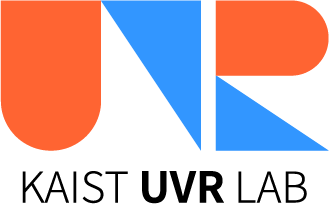Address.
(34141)KAIST N5 #2325,
291 Daehak-ro, Yuseong-gu,
Daejeon,
Republic of Korea Phone. +82-42-350-5923
291 Daehak-ro, Yuseong-gu,
Daejeon,
Republic of Korea Phone. +82-42-350-5923

